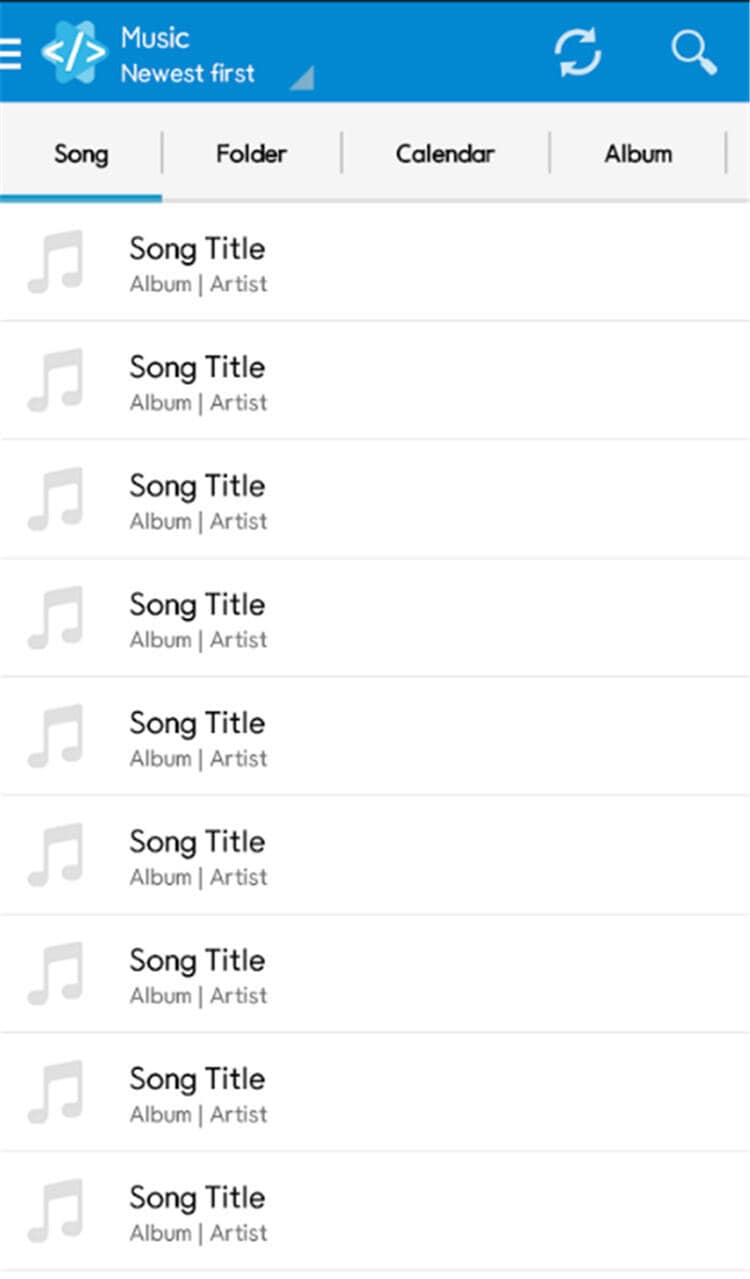

How can I find the location of media files opened in Tag Editor?.Load Artist, Album, and Title from network.Read More: Export to Text and CSV files > To add tracks to a playlist or create a new playlist choose File > Export To > Playlist File. Tag Editor allows exporting to M3U, XSPF, PLS, ASX, WPL playlists, CSV and Text files. Read More: Organize Music / iTunes Library > Select a Music playlist or type in a new playlist name in the ' Export to Music' dialogue. in the menu bar to open the 'Export to Music' window.
#Mp3 tag editor tutorial how to
Read More: how to save, revert or reload metadata >Ĭhoose File > Export To > Music. The unwanted changes can be reversed with the Undo or Reload commands. Once changes have been saved, they cannot be reverted. We recommend revising all those cells carefully before saving the changes. All the changes you have made are highlighted with a grey background. Use the app to identify inaccuracies and duplicates in your audio tags. The spreadsheet format makes it easy to review the changes and eliminate unwanted mistakes. So, it makes sense to review the changes before applying them. The changes are going immediately to the audio files after saving. Read More: how to rename files with the Tag Editor > To rename files in automatic mode, select them, click the round button next to a filename and choose renaming options. You can also correct multiple filenames with Find & Replace feature. To change a filename manually, type or paste a new file name in the cell. You can change filenames either manually or automatically. Read More: artwork management or how to embed artworks into audio files > To change album artworks manually, paste or drag an image in selected artwork cells. To load artworks, select corresponding cells, press the ⌘+D shortcut, and choose required options in the ' Load Tags Advanced' window. Tag Editor can load album artworks from local folders and iTunes or online databases automatically. Read More: removal of extra spaces and characters > To unify text tags' appearance, select them and choose ' Edit > Change Case'. If wrongly encoded text tags, select them and choose suitable encoding in the ' Edit > Fix encoding' menu. ' Remove Extra Characters' feature cleans audio tags out of extra spaces, text in brackets, improper punctuation characters, and digits at the start and end of tags. For quicker batch tagging, select multiple cells or the entire column and apply changes to all selected cells at once. To edit tags manually or to change automatically loaded metadata, use typing, Copy-Paste, and Find-Replace functions. Read More: importing Genres and Tags from Online Databases > Read More: loading Secondary Tags from Online Databases >

Read More: importing Artist, Album, and Title from Online Databases > Read More: loading tags from Path Components > Read More: how to load audio tags automatically > Tag Editor can load music metadata from online databases, iTunes, or local folders and filenames in automatic mode. To load selected tags automatically, press the ⌘+D. Import tags from Online Databases and Path Components Read More: how to filter search results > Read More: sorting, moving, or removing rows in Tag Editor > To move selected rows to another window or tab, press the Move button in the toolbar and choose a destination window or a tab. You can also insert a keyword in the search field and check the ' Filter' box to show only rows that contain the keyword. To change the sorting order from ascending to descending, click a column header again. To sort rows, click a column header, for example, Artist. Sorting and filtering rows speed up batch tagging. Read More: audio tags and file properties supported by Tag Editor > Read More: how to show, hide, rearrange, and resize columns > To see and edit other columns, right-click on the table header or choose them in the View > Column menu. Read More: media formats, supported by Tag Editor >īy default, Tag Editor displays columns with the most common music tags: Artwork, Album, Artist, Filename, Genre, and Comment. Use either the Open Dialog window or Drag-and-Drop to add files to Tag Editor. You can open single media files, folders, playlists, CUE sheets, and iTunes tracks in Tag Editor.


 0 kommentar(er)
0 kommentar(er)
